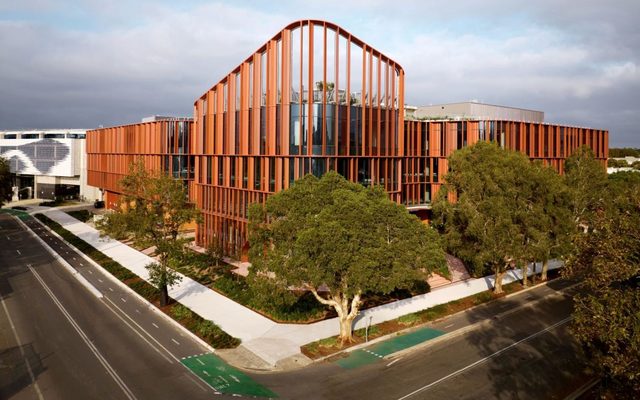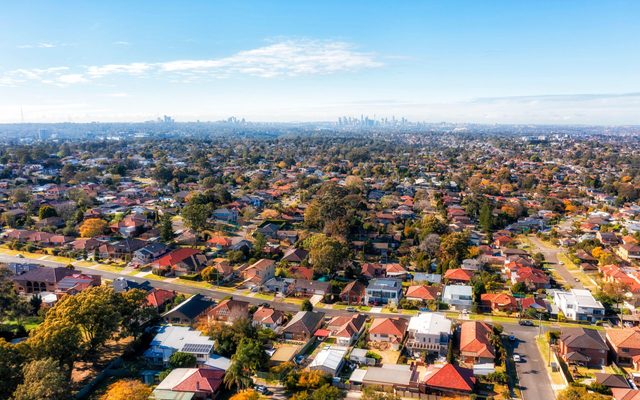This article is from the Australian Property Journal archive
AUSTRALIA’S residential price slump has put some borrowers at risk of negative equity, according to the Reserve Bank.
However, prices would need to drop “significantly further” for negative equity to become widespread, and low unemployment levels are expected to provide a safeguard.
Negative equity refers to the situation in which the outstanding balance on the loan exceeds the value of the property it is secured against.
In its six-monthly Financial Stability Review, the RBA said the incidence of negative equity at present remains low. Around 2.75% of securitised loans by value are in negative equity, representing just over 2% of borrowers.
The states where there have been large price falls in areas with high exposure to mining activity – Western Australia, the Northern Territory and Queensland – together account for around 90% of all mortgage debt in negative equity. This has been compounded by low income growth and increases in unemployment.
Continued housing price falls would be expected to increase the incidence of negative equity, particularly if they affect borrowers with already high loan to value ratios, the RBA said. Around 1.25% of loans by number, and 1.75% by value, have a current LVR between 95 and 100, making them likely to move into negative equity if there are further housing price falls.
NAB last week downgraded its house price forecast for 2019 after weak conditions early this year were worse than expected, and is now anticipating peak-to-trough falls in Sydney and Melbourne of 20% and 15% respectively. Perth is expected to remain weak, while the other capitals will hold up.
The revision followed Moody’s Analytics announcing its own downgraded forecast just days earlier.
The RBA said loans currently in negative equity were, on average, taken out around five years ago and had higher average LVRs at origination, of around 85%, making them particularly susceptible to subsequent falls in property values, the RBA said.
Despite typically having lower starting LVRs than owner-occupier loans, investment loans are also disproportionately represented. Around 10% of loans in negative equity have interest-only terms expiring in 2019, double the share for loans in positive equity.
“For these borrowers, the increase in repayments from moving to principal and interest may be difficult to manage, especially as loans in negative equity are already more likely to be in arrears.
“However, it is unlikely to represent a risk to broader financial stability given it remains largely restricted to mining-exposed regions, which represent a very small share of total mortgage debt.”
The proportion of impaired housing loans is currently at a “very low” 0.2%, despite recent increases.
“Even if negative equity was to become more common in the larger housing markets of Sydney and Melbourne, impairment rates for banks are unlikely to increase significantly while unemployment and interest rates remain low,” the RBA said.
Increased defaults would also be unlikely if the unemployment rate remains low, given the improvements in loan serviceability standards over recent years.
Around 70% of loans are estimated to be at least one month ahead of their repayment schedule, and 30% ahead by two years or more.
The RBA said the incidence of negative equity in Australia is likely to remain low when compared to the international experience with negative equity during large property downturns.
Negative equity peaked in the United States at more than 25% of mortgaged properties in 2012, and above 35% in Ireland, as peak to trough price falls exceeded 30% and 50% respectively.
“However, high origination LVRs were far more common in these countries than they have been in Australia.”
Australian Property Journal




